South Pasadena, like some parts of the state and nation, has “turned the corner” refocusing on reopening of local businesses and recovery as there are hopeful signs that the spread of the coronavirus has slowed.
Making the statement, Stephanie DeWolfe, South Pasadena’s city manager, points to Gavin Newsom’s 4-step plan for easing California’s stay at home order, the governor saying the state’s residents have largely followed the mandate noting that hospitalizations for COVID-19 have remained stable over the past few weeks. In addition, L.A. County has begun to map out a recovery plan based on data and science.
“Both the county and state are reporting that changes to the stay-at-home order will be made only if and when data points are met,” explained DeWolfe. “They have both made it clear the orders just won’t be lifted. The orders will be modified or amended in order to protect public safety. The goal is to minimize risk until we have broad scale immunity or we have vaccinations. So, any changes we see over the next month or so are intended to trying to get the economy moving again, but to avoid creating a surge that is worse than we’ve already seen.”
A mitigated, measured approach will be taken, noted the city manager, gradually moving into “normal society,” she added, “but I’m not sure what normal will be when we go back. One of the interesting points the county made … there are maybe more than 90 percent of us in L.A. County that could potentially be infected, and have not been infected. It’s not as if we’re completely past the hump and can go back to normal and have no concerns. There are a significant number of people who could still get sick and put extreme pressure back on our medical system.”
Both the state and county, stressed DeWolfe, are waiting for the data to come in before changes in the stay-at-home order can be lifted.
Newsom, pointed out DeWolfe, acknowledged regional differences would require different strategies. “The governor will not be imposing an opening date or recovery date across the state,” she said. “He will respect the decisions of the individual county health officers.”
DeWolfe heard L.A. County’s health officer say last week that the county has such a high infection rate, its changes when it does come back are going to look much different than other counties. “There are some sections of the state that have a much lower infection rate that will open more broadly and quickly than Los Angeles County will,” she said. “That’s just the reality of the statistics we have here in our county. It’s all about safety first. That’s what opening and recovery is all about. We all, public and private enterprises, need to take multiple steps to ensure the safety of customers and our staff. The important thing in the success of this next phase is everyone’s confidence in the level of safety that we’re providing.”
In order for people to go back into stores and restaurants, DeWolfe insists they must believe they will be safe. “If it doesn’t feel safe, and there’s no demand created, the opening will mean nothing.”
At the federal, state and local level, she said safety will be foremost in re-launching the economy. Part the governor’s 4-point plan calls for a limited number of businesses reopening, including retail manufacturing, limited retail sales, along with public spaces such as parks and trails. Modifications will likely be made at the workplace, welcoming only those who can do the job at home.
She added, “We’re months away from gyms and spas and hair salons opening. We’re all going to have to learn how to cut our own hair.”
The reopening must be organized, stressed DeWolfe, guided by rules and protocol. “It’s not going to be sort of do your own thing, throw your doors open,” she said. “It’s going to be very organized and controlled. It will involve multiple steps in making workplaces safer and may involve a change in workflow, new rules in protective wear and environmental and behavior changes. It’s no small task figuring out this physical safety in order to move us forward.”
DeWolfe says South Pasadenan’s are “many months away” from larger public venues like concerts and sporting activities.
Forget about going to a concert in the park this summer or simply a soccer, baseball or softball game at the youth level anytime soon.
What it all means, noted DeWolfe, is conversations are about figuring out what the protocols are to ensure safety when the city reopens. Both the state and county have established task forces that are focusing sector by sector on what the guidelines look at to reopen. “They are meeting with retail both big and small to develop these kinds of guidelines and will then issue the guidelines by sector,” said DeWolfe. “We may have one set of guidelines for large restaurants over smaller restaurants or large retail versus smaller stores. They are determining what those protocols should be when people come back shopping.”
She’s encouraging residents to make suggestions to help come up with these protocols. The governor and County of Los Angeles have asked people to go online to provide input, the protocol, for the next steps.
On Wednesday during the May 6 City Council meeting, DeWolfe will be talking in greater length how the City of South Pasadena will be approaching the process. “We’re talking about it, we’re trying to figure it out,” she said. “We really can’t nail down what our plans and protocols will be until we have direction from the state and county so we know what the context will be that we have to work within.”
Part of the next phase, she said, includes the opening of childcare and schools. “It’s difficult for people to get back to work with children not going back to school [for the duration of the school year],” noted DeWolfe. “The governor has talked a lot about getting schools open again to allow parents to get back to work, but also because of the concern for learning loss. Not all of the students have been able to keep up with the work [through distance learning] and it’s very uneven and inequitable as far as who is still getting an education and who is not. This may be one of the biggest challenges with the reopen. There are obvious hurdles here. It will take a lot more planning and continued discussion to figure out how to make the environment safe for both the students and teachers when there are generally so many students in a room and they are so close together. School, we’re told will have to look very different. The schools will have to prepare for physical changes to their buildings and their campuses.”
Newsom has suggested reopening schools as soon as late July or early August to mitigate the loss of learning many students have experienced during the two months school campuses have been closed since the outbreak of the coronavirus.
“There also has been discussions about staggering classrooms into smaller groupings,” said DeWolfe. “All of these kind of ideas, the governor was clear, have not been socialized yet. This is a conversation just getting started.”
During a special City Council meeting in late April, DeWolfe showed a slide reading: “California Recovery Roadmap,” outlining the statewide stay at home order while maintaining community health and resiliency.”
It urges Californians to provide input on the best way to reopen different sectors of the economy. “Good ideas come from everywhere,” it reads. “The state has received many innovative proposals from California and labor representatives on how they’re adapting their workplaces to reduce the risk of coronavirus transmission. Now we’d like to hear from you – business owners, workers, customers-to get your feedback on physical and environmental adaptations that can make workplaces safer and protect our communities.”
DeWolfe encourages residents to remain vigilant, wear face coverings, stay-at-home until the order ends, and wash hands frequently. The bottom line is “it’s all about safety moving forward,” she continued. “I’m sure you’ve all seen in the headlines, there’s likely to be a resurgence [of the virus] in the fall. We need to stay on top of this. We need to be adaptable. We need to learn from what’s working, what is not and we need to shelter in place again if and when that day comes. In the meantime, we need to focus on getting our businesses functioning again as quickly as possible. That is all about safety. The polls show people are afraid to go back out, so even when the orders are lifted people will be afraid. So, it’s incumbent on us, the government and the business operators to figure out how we make people understand they will be safe when they come back out. If we can do that, and we can demonstrate safety, the experts are telling us we can start to see some growth in the economy by the end of the summer. So, our challenge is clear. Our task is clear. We just need to get to it and move it forward it skillfully as possible.”




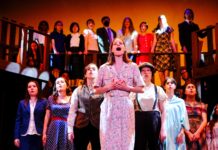

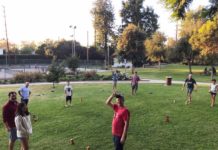
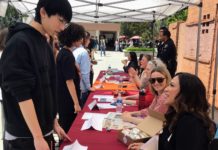




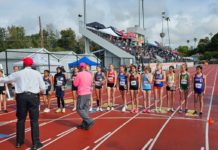


.png)




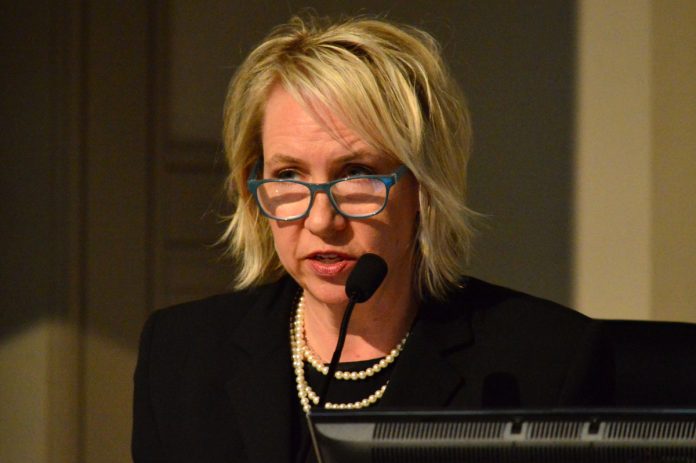


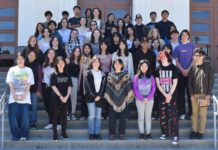

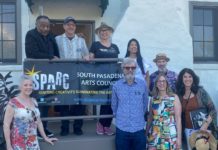


I am hoping that the golf course will be reopening soon.I think social distancing rules would be easy enough to incorporate and being outside would be good for all of us!!!
Absolutely. And tennis courts and playgrounds.
Her lip moves, she talks and talks, but says NOTHING, ever…
#dumpdewolfe
#corruptionofsouthpasadena
“We’re months away from gyms and spas and hair salons opening.”
MONTHS? How many gyms and hair salons are going to survive a closure of many months, and how are the people who own those businesses and work in them going to survive?
I just answered my own question, and the answer is obvious: We just turned a whole industry into a black market. “We’re all going to have to learn how to cut our own hair.” Yes, that’s why so many people will look like they’ve had haircuts with the salons and barber shops still closed. Good luck with that.